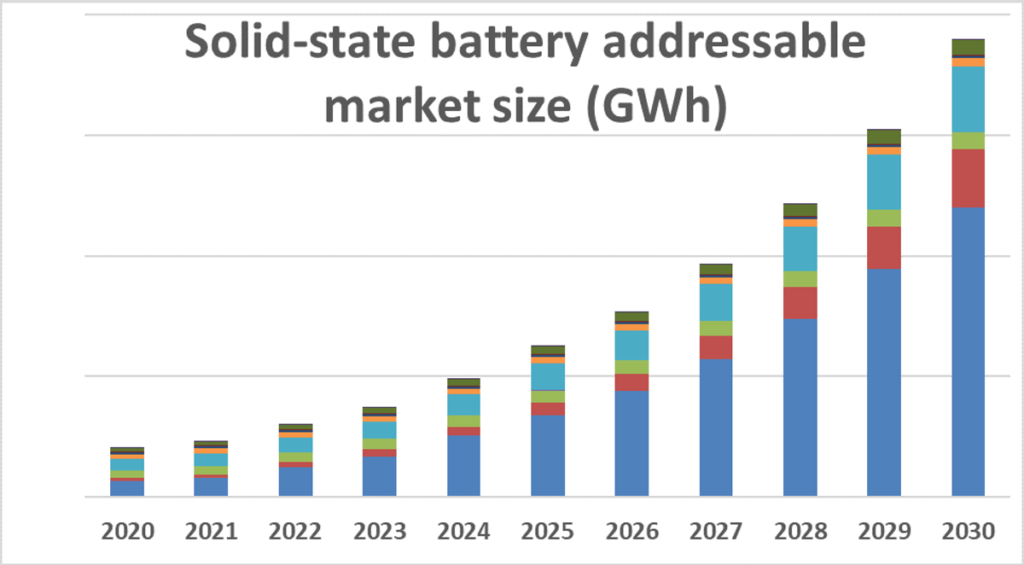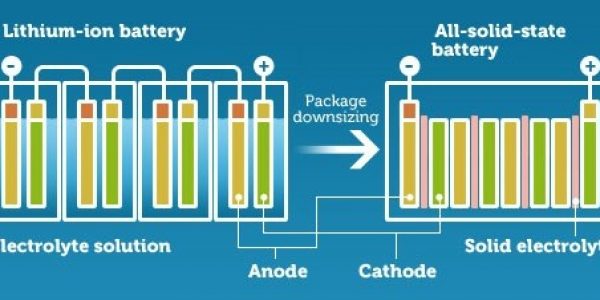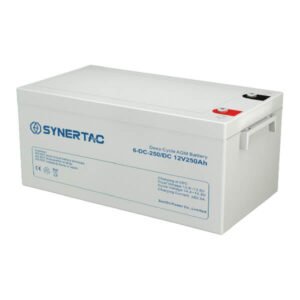What is Solid-State Battery?
For easier understanding, the present Li-ion batteries use a separator and liquid electrolytes as the way to exchange lithium ions between the positive and negative electrodes. While the solid-state battery uses solid electrolyte, which also functions as a separator.
The two major issues that EVs (Electric Vehicles) need to solve today, are safety and mileage. The two issues can be well solved by solid-state battery. Solid-state battery is puncture-resistant, short-circuit resistant, and provides a much higher energy density.
Solid-state battery is lighter, smaller, and safer due to the features of the solid electrolyte.
Related News
Late last year, Toyota announced their development of a solid-state battery with a 500 kilometers range on a single charge. It requires only 10 minutes for a full charge, and it is expected to launch a prototype in 2022.
QuantumScape, a joint venture between the Volkswagen Group and Bill Gates, also released a new solid-state battery technology. It can be charged 80% in 15 minutes, with 50% higher energy density, and accommodates a wider range of operating temperatures, down to -30 degrees Celsius. The Volkswagen Group said they aim to have a production line for this new battery by 2025.
The commercialization process of solid-state battery may not be that fast as everyone thinks. In 2019, CATL said that they are working on the research and development of full solid-state batteries and also produced samples. But it will take 10 years to be fully commercialized, which means that they are still far from mass production.
Expected Schedule for Solid-State Battery
In 2021, it is the breeding stage of solid-state battery market. Planning and R&D of related materials & products, the battery market is still mainly focused on NMC lithium batteries and Lithium Iron Phosphate (LiFePO4 or LFP) batteries.
2021-2025, entering the early stage of solid-state battery applications, the battery energy density of 300-500Wh/kg. A small number of high-grade electric vehicles will be installed with solid-state batteries.

2025-2030 or even longer, the market will really meet the maturity stage. The energy density of solid-state battery will reach a breakthrough 500Wh/kg and really become popular in mass production.
2025-2030 or even longer, the market will really meet the maturity stage. The energy density of solid-state batteries will reach a breakthrough 500Wh/kg and become popular in mass production.
Why someone says mass production in a short time, While others say it will take 10 years?
As you might have guessed, the mass-produced “solid-state batteries” currently being advertised on the market are not full solid-state batteries, but rather semi-solid-state batteries.
Semi-solid-state batteries are always with a solid electrolyte on one side of the electrode and a liquid electrolyte still on the other side. Many of those who try semi-solid-state batteries do it for rapid commercial application, such as Toyota, who aims to develop full-solid-state batteries for electric vehicles and says they will gradually enter the market from “semi-solid-state batteries”.
Meanwhile, when CATL says it takes ten years for mass production, it refers to the full solid-state battery, which is the ultimate goal of solid-state batteries.
Will solid-state batteries make a huge impact on the current battery industry?
First, the current lithium batteries have become the mainstream. Their improvement will be fast because more resources & funds are concentrated on them.
Now NMC lithium batteries or lithium iron phosphate batteries with liquid electrolytes, are improving in every aspect. Then in the future, the gap with solid-state batteries will not be that large.
Second, both mass production and continuous improvement take time.
After a new product becomes popular in the market, all aspects, especially the cost, will be reduced more easily.
It also has taken a long time for Li-ion batteries to reduce the cost to the current level. They are still very expensive a few years ago.






